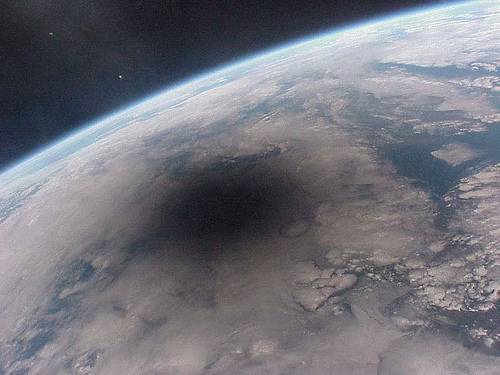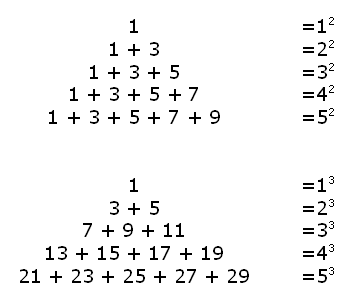Here’s an achievement — in 1936 Buckminster Fuller explained Einstein’s theory of relativity in a telegram:
EINSTEIN’S FORMULA DETERMINATION INDIVIDUAL SPECIFICS RELATIVITY READS QUOTE ENERGY EQUALS MASS TIMES THE SPEED OF LIGHT SQUARED UNQUOTE SPEED OF LIGHT IDENTICAL SPEED ALL RADIATION COSMIC GAMMA X ULTRA VIOLET INFRA RED RAYS ETCETERA ONE HUNDRED EIGHTY SIX THOUSAND MILES PER SECOND WHICH SQUARED IS TOP OR PERFECT SPEED GIVING SCIENCE A FINITE VALUE FOR BASIC FACTOR IN MOTION UNIVERSE STOP SPEED OF RADIANT ENERGY BEING DIRECTIONAL OUTWARD ALL DIRECTIONS EXPANDING WAVE SURFACE DIAMETRIC POLAR SPEED AWAY FROM SELF IS TWICE SPEED IN ONE DIRECTION AND SPEED OF VOLUME INCREASE IS SQUARE OF SPEED IN ONE DIRECTION APPROXIMATELY THIRTY FIVE BILLION VOLUMETRIC MILES PER SECOND STOP FORMULA IS WRITTEN QUOTE LETTER E FOLLOWED CLOSELY BY EQUATION MARK FOLLOWED BY LETTER M FOLLOWED BY LETTER C FOLLOWED CLOSELY BY ELEVATED SMALL FIGURE TWO SYMBOL OF SQUARING UNQUOTE ONLY VARIABLE IN FORMULA IS SPECIFIC MASS SPEED IS A UNIT OF RATE WHICH IS AN INTEGRATED RATIO OF BOTH TIME AND SPACE AND NO GREATER RATE OF SPEED THAN THAT PROVIDED BY ITS CAUSE WHICH IS PURE ENERGY LATENT OR RADIANT IS ATTAINABLE STOP THE FORMULA THEREFORE PROVIDES A UNIT AND A RATE OF PERFECTION TO WHICH THE RELATIVE IMPERFECTION OF INEFFICIENCY OF ENERGY RELEASE IN RADIANT OR CONFINED DIRECTION OF ALL TEMPORAL SPACE PHENOMENA MAY BE COMPARED BY ACTUAL CALCULATION STOP SIGNIFICANCE STOP SPECIFIC QUALITY OF ANIMATES IS CONTROL WILLFUL OR OTHERWISE OF RATE AND DIRECTION ENERGY RELEASE AND APPLICATION NOT ONLY OF SELF MECHANISM BUT OF FROM SELF MACHINE DIVIDED MECHANISMS AND RELATIVITY OF ALL ANIMATES AND INANIMATES IS POTENTIAL OF ESTABLISHMENT THROUGH EINSTEIN FORMULA
The artist Isamu Noguchi was working on a commemorative sculpture in Mexico and had forgotten the precise formula E=mc2. Fuller not only described the formula but explained it — in 264 words.
04/22/2019 UPDATE: In 2009 artist Elisabetta Benassi reproduced the telegram in a carpet.



